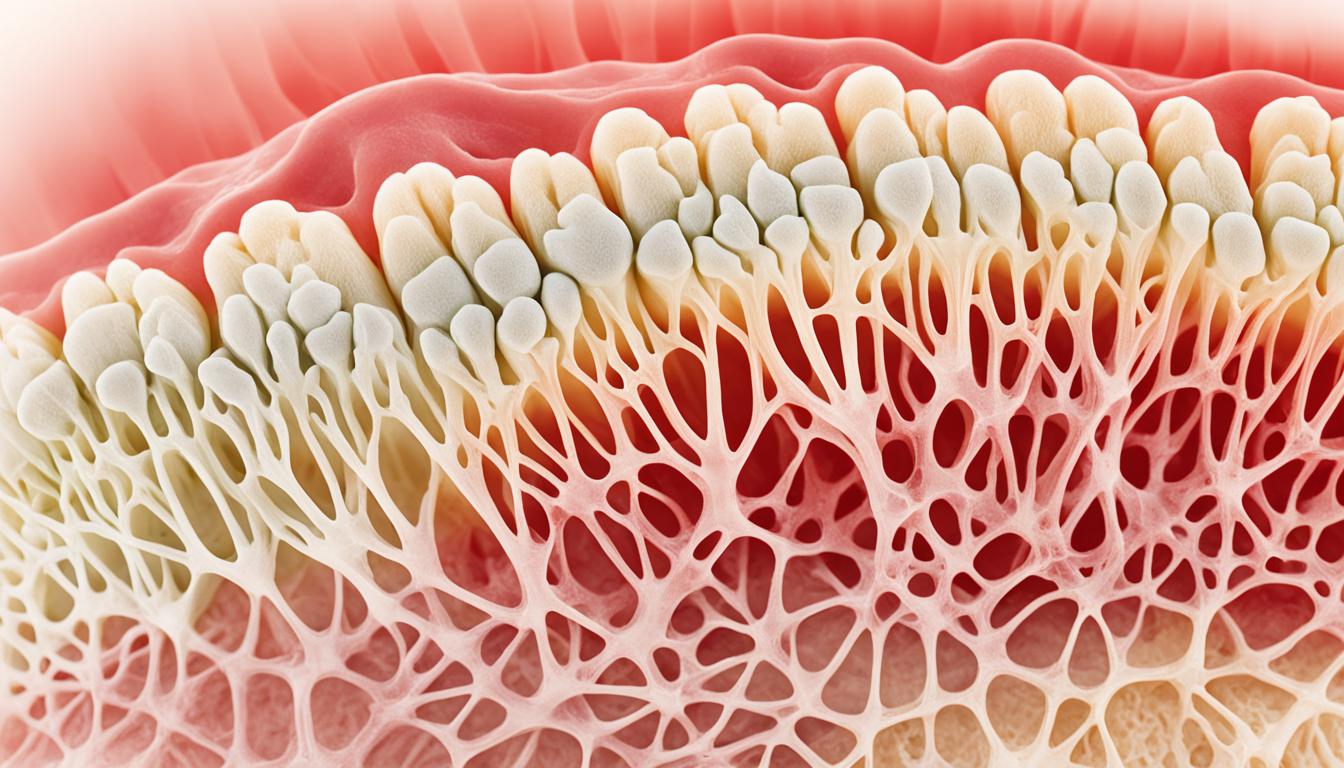Diabetic neuropathy is a chronic issue that comes from nerve damage. This damage happens because of high blood sugar in people with diabetes. About 60-70% of individuals with Type 1 and Type 2 diabetes get this condition.
This illness has many symptoms. People may feel pain like tingling, or they might feel nothing at all (numbness). They could also have muscle weakness, twitching, and cramps. Other possible signs are changes in hair, nails, and skin, issues with balance and coordination, and feeling too sensitive to touch. It can also bring stomach issues, problems with sex, trouble seeing, and odd blood pressure or heart rates.
Diabetic neuropathy chances go up if you don’t manage your blood sugar well. Having a family history of diabetes, kidney problems, being overweight, and smoking also raises your risk.
Doctors find diabetic neuropathy through many exams and looking at your medical past. This includes blood tests, nerve function exams, and scans.
Treatments usually just deal with the signs and bring temporary comfort. But, using stem cells from Wharton’s Jelly could be a better way to heal. They might actually fix the nerves that are hurting in diabetic neuropathy.
Key Takeaways:
- Diabetic neuropathy is a lasting effect of high blood sugar in diabetics, hurting their nerves.
- Telltale signs include tingling, weak muscles, no feeling in some areas, and changes in hair and nails.
- Things that could up your risk are not keeping your blood sugar in check, family history of diabetes, kidney issues, being obese, and smoking.
- Getting diagnosed means going through several different tests and checks.
- Wharton’s Jelly stem cells seem like they could be a game-changer in helping to heal nerve damage in diabetic neuropathy.
Understanding Diabetic Neuropathy Types and Causes
Diabetic neuropathy is when consistently high blood sugar levels cause nerve damage. Various types exist, each affecting different parts of the body. The types include:
- Peripheral neuropathy: This type impacts the nerves in areas like hands and feet. It affects sensation and movement there.
- Proximal neuropathy: It affects the nerves in thighs, hips, and buttocks. This leads to muscle weakness and pain in these places.
- Cranial neuropathy: It involves the cranial nerves, affecting activities in the head and face. Issues can appear with vision, weak face muscles, and swallowing.
- Autonomic neuropathy: This type influences the nerves that control involuntary body functions. It can cause digestive, heart, and sexual problems.
- Focal neuropathy: Focal neuropathy causes sudden, severe pain in specific areas. It often affects the head, torso, or leg.
The exact cause of diabetic neuropathy remains uncertain. However, certain factors increase the risk, including uncontrolled blood sugar, family history of diabetes, and kidney problems. Obesity may stress the nerves, and smoking can harm them.
Chemotherapy, some HIV drugs, alcohol, and specific health conditions can also trigger neuropathy. Vitamin deficiencies, chemical exposure, lymphoma, Lyme disease, and autoimmune diseases like rheumatoid arthritis contribute too.
The Role of Diet and Lifestyle in Managing Diabetic Neuropathy
Though the cause of diabetic neuropathy can be complex, diet and lifestyle changes can make a big difference. Stabilizing blood sugar with a healthy diet, exercise, and medication can prevent nerve damage. Quitting smoking, staying at a healthy weight, and managing other health issues are also key.
Diagnosing Diabetic Neuropathy and the Role of Stem Cell Therapy
Doctors use many steps to diagnose diabetic neuropathy. They look at the patient’s medical history and do physical exams. Then, blood tests check for sugar levels, vitamin issues, and more.
Nerve tests, like feeling sensitivity and muscle strength tests, are also done. For a full diagnosis, doctors might need to do more tests. This includes electromyography (EMG) and brain scans like MRI.
Stem cell therapy with HUCT-MSCs is a new way to treat this condition. These cells can fix damaged nerves and help grow new nerve tissues. The treatment is easy, doesn’t need surgery, and its effects last a long time.
Stem cells from HUCT-MSCs can become other cells needed to fix nerves. This therapy has helped many patients improve their nerve function and reduce pain.
Conclusion
Diabetic neuropathy hampers many with diabetes, being quite severe. Traditional treatments mainly ease symptoms for a bit. Stem cell therapy stands out as a new hope for diabetic neuropathy. It uses Wharton’s Jelly mesenchymal stem cells to fix and grow back damaged nerves. This leads to lasting improvements in nerve functions and personal health.
This therapy is safe, requires small incisions, and is tailored to each person. It could change how we treat diabetic neuropathy. With ongoing research, we may find out it helps in more ways than we thought.

